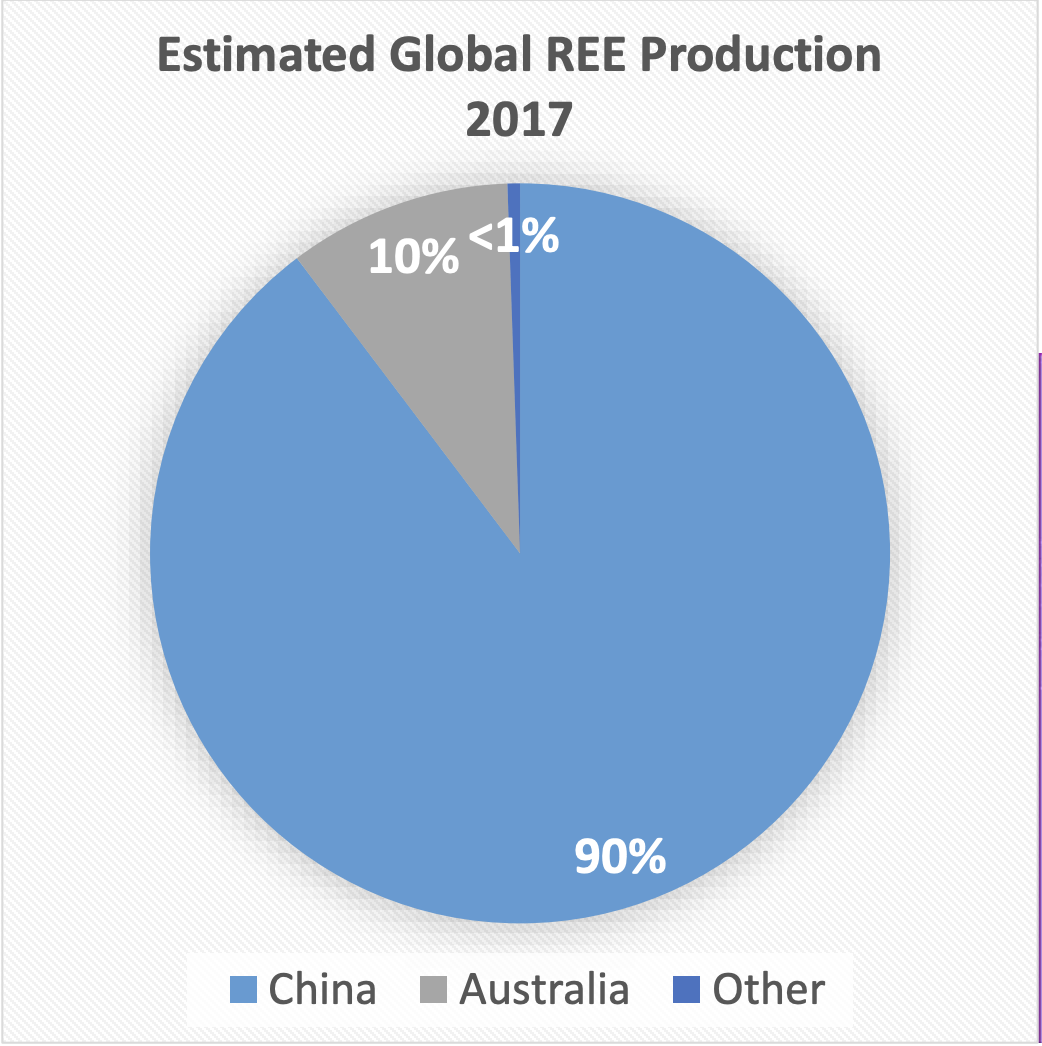Rare Earths 102
Johns World 01/09/21
Back before Christmas, I took off on a tangent about rare earth elements or REEs. These nearly unpronounceable later additions to the periodic table have become incredibly important for the future of technology, and as a result, for our economic and political futures. Maybe they won’t be the oil of the 21st Century, but they will be keys to how fast and can come to zero emissions. REEs are crucial to forging permanent magnets, which have revolutionized electric motor construction and efficiency. Ag has a been a big beneficiary of this, from those tiny motors on drones to planter drives. Permanent magnets replace entire gearboxes in wind turbines and transmissions in Teslas. They are the reason new washers wind up to scary speeds to spin dry clothes. Old asynchronous motors in comparison have a choice of 1 speed and are really heavy.
These new highly efficient and versatile motors will do for mechanical power what LEDs have done for lighting. Consequently, the demand for REEs, especially neodymium which I highlighted last time, is expected to jump dramatically. Other REEs such as dysprosium, used in hard drives and lasers, are also needed.

In fact, the electric vehicle market alone could explode the use of not just REEs but several other minerals like nickel and aluminum. This chart from Bloomberg suggests demand increases of over 10 times for many minerals, but note it was created by mining stock market analyst.
There is little doubt that the near and foreseeable future will be increasingly less about fossil fuels and more about electricity. While this would seem to be good news for carbon emissions and climate change, there are significant tradeoffs.
The largest obstacle for this better future however is economic and global politics.

This chart shows why: it’s another friction point between China and not just the US, but the rest of the world. China owns global REE production. I know this series is not too exciting for many of you, but I’ll wrap it up next week with a look at China’s current dominance in REEs, what the US could do to reduce what is being seen as a strategic weakness, and why taking those actions could be a mistake.







